XRF test results for Felt & Fat white glazed ceramic saucer — sent in by Miriam in California
For those new to this website:
Tamara Rubin is a multiple-Federal-award-winning independent advocate for childhood Lead-poisoning prevention and consumer goods safety, and a documentary filmmaker. She is also a mother of Lead-poisoned children (two of her sons were acutely Lead-poisoned in 2005). Since 2009, Tamara has been using XRF technology (a scientific method used by the U.S. Consumer Product Safety Commission) to test consumer goods for toxicants (specifically heavy metals — including Lead, Cadmium, Mercury, Antimony, and Arsenic). All test results reported on this website are science-based, accurate, and replicable. Items are tested multiple times to confirm the test results for each component tested. Tamara’s work was featured in Consumer Reports Magazine in February of 2023 (March 2023 print edition).
Published: July 18, 2023 — Tuesday
Below are full XRF test results for the Felt & Fat white glazed saucer/coaster pictured above (additional photos below as well). This company advertises its products as being Lead-free and with multiple long tests using XRF technology, it does appear that both their glaze and their ceramic substrate are Lead-free. The low threshold of detection in this testing ranged between 4 and 6 ppm. This does not mean it was positive for Lead at those levels but that, within the limitations of the testing methodology (when used for testing these specific materials for Lead content), the clay and substrate were negative for Lead to at least levels below 6 ppm. This is rare as clay substrates (of all kinds) are typically at least positive for Lead in the range of 20 to 40 ppm (even with brands that claim to be Lead-free!).
Please note: I have only tested this one piece from this brand so I do not think it is prudent to automatically extrapolate these test results to other pieces from this brand and especially not to pieces with different color glazes. That said, this is a very promising first pass at testing a product from this company!
Reading #1) Back Unglazed Area of the Dish
120-second test (repeated multiple times to confirm results)
- Lead (Pb): non-detect / negative
- Cadmium (Cd): non-detect / negative
- Tin (Sn): 12 +/- 6 ppm
- Mercury (Hg): non-detect / negative
- Selenium (Se): non-detect / negative
- Barium (Ba): non-detect / negative
- Arsenic (As): non-detect / negative
- Chromium (Cr): non-detect / negative
- Antimony (Sb): non-detect / negative
- Nickel (Ni): non-detect / negative
- Copper (Cu): 36 +/- 18 ppm
- Zinc (Zn): 36 +/- 10 ppm
- Manganese (Mn): non-detect / negative
- Titanium (Ti): non-detect / negative
- Zirconium (Zr): non-detect / negative
- Niobium (Nb): non-detect / negative
- Molybdenum (Mo): non-detect / negative
- Iron (Fe): 3,555 +/- 168 ppm
- Platinum (Pt): non-detect / negative
- Cobalt (Co): non-detect / negative
- Bismuth (Bi): 63 +/- 8 ppm
- Indium (In): non-detect / negative
- Chlorine (Cl): non-detect / negative
- No other metals were detected in consumer goods mode.
Reading #2) Glazed “Food-Surface” of the Dish
120-second test (repeated multiple times to confirm results)
- Lead (Pb): non-detect / negative
- Cadmium (Cd): non-detect / negative
- Tin (Sn): 18 +/- 6 ppm
- Mercury (Hg): non-detect / negative
- Selenium (Se): non-detect / negative
- Barium (Ba): non-detect / negative
- Arsenic (As): non-detect / negative
- Chromium (Cr): non-detect / negative
- Antimony (Sb): non-detect / negative
- Nickel (Ni): non-detect / negative
- Copper (Cu): 65 +/- 19 ppm
- Zinc (Zn): 53 +/- 12 ppm
- Manganese (Mn): non-detect / negative
- Titanium (Ti): non-detect / negative
- Zirconium (Zr): non-detect / negative
- Niobium (Nb): non-detect / negative
- Molybdenum (Mo): non-detect / negative
- Iron (Fe): 2,236 +/- 138 ppm
- Platinum (Pt): non-detect / negative
- Cobalt (Co): non-detect / negative
- Bismuth (Bi): 21 +/- 6 ppm
- Indium (In): non-detect / negative
- Chlorine (Cl): non-detect / negative
- No other metals were detected in consumer goods mode.
To see more products we have tested please check out the link to the “Menu” of this website
~ End ~
Never Miss an Important Article Again!
Join our Email List








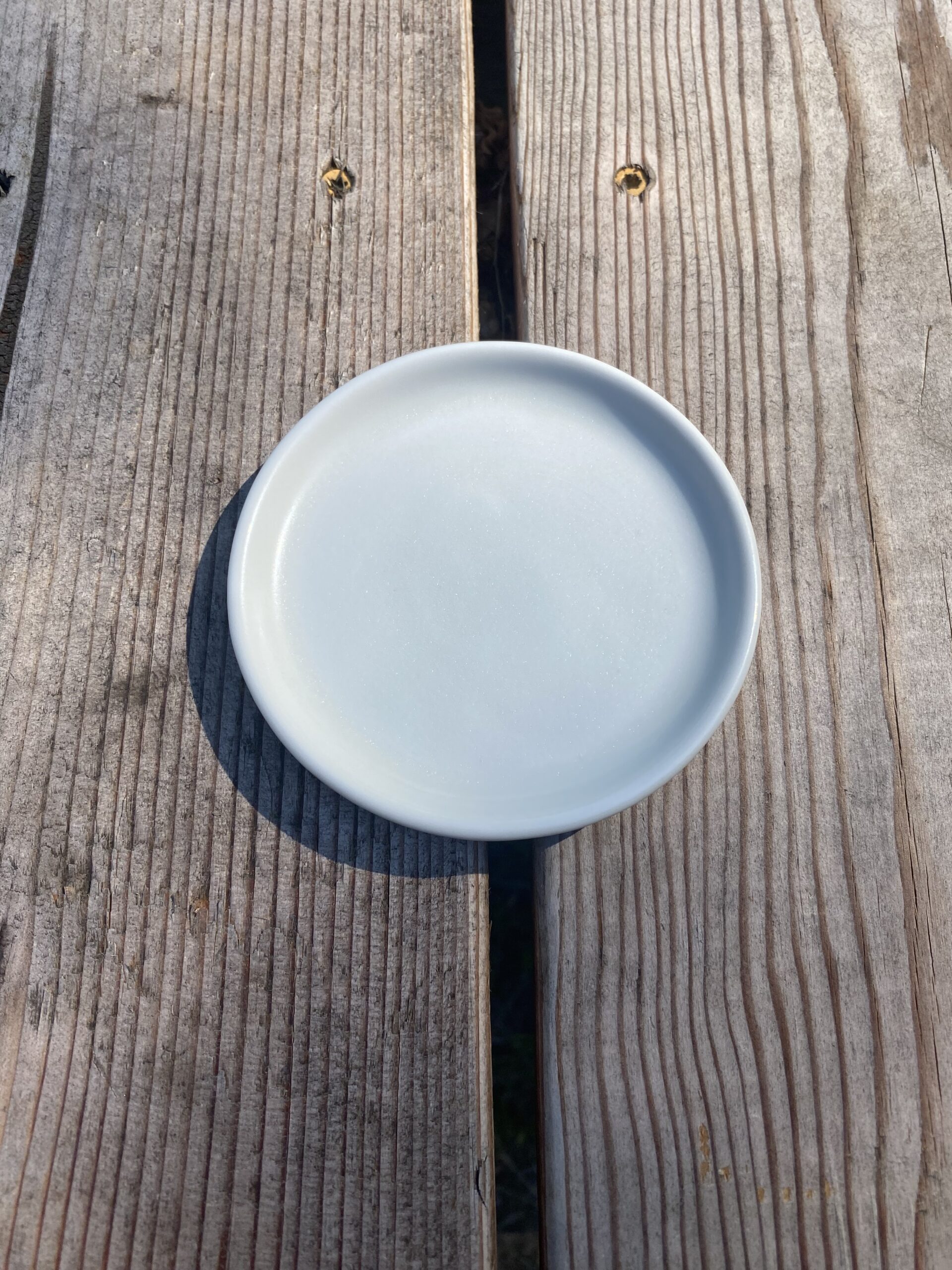


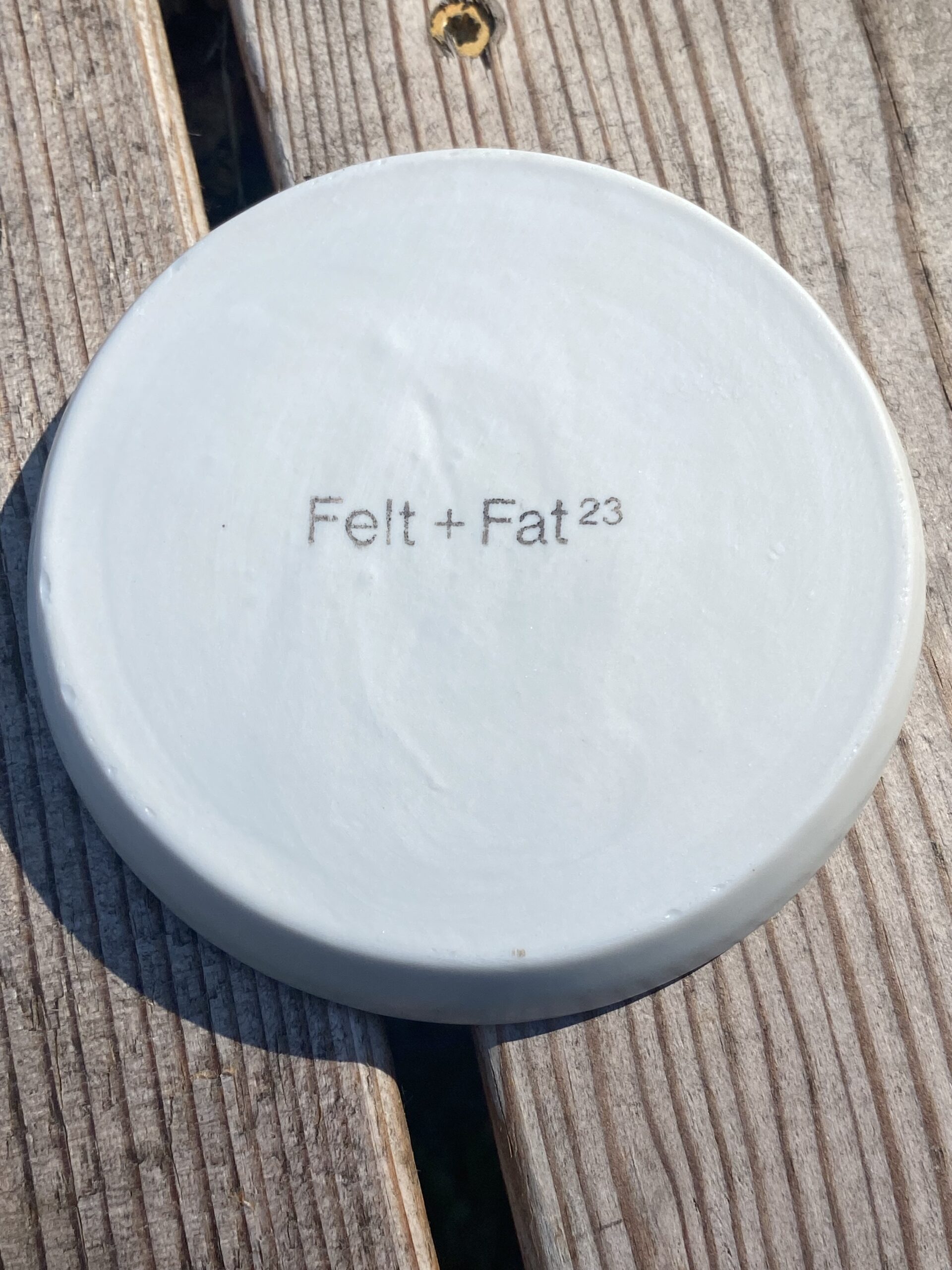
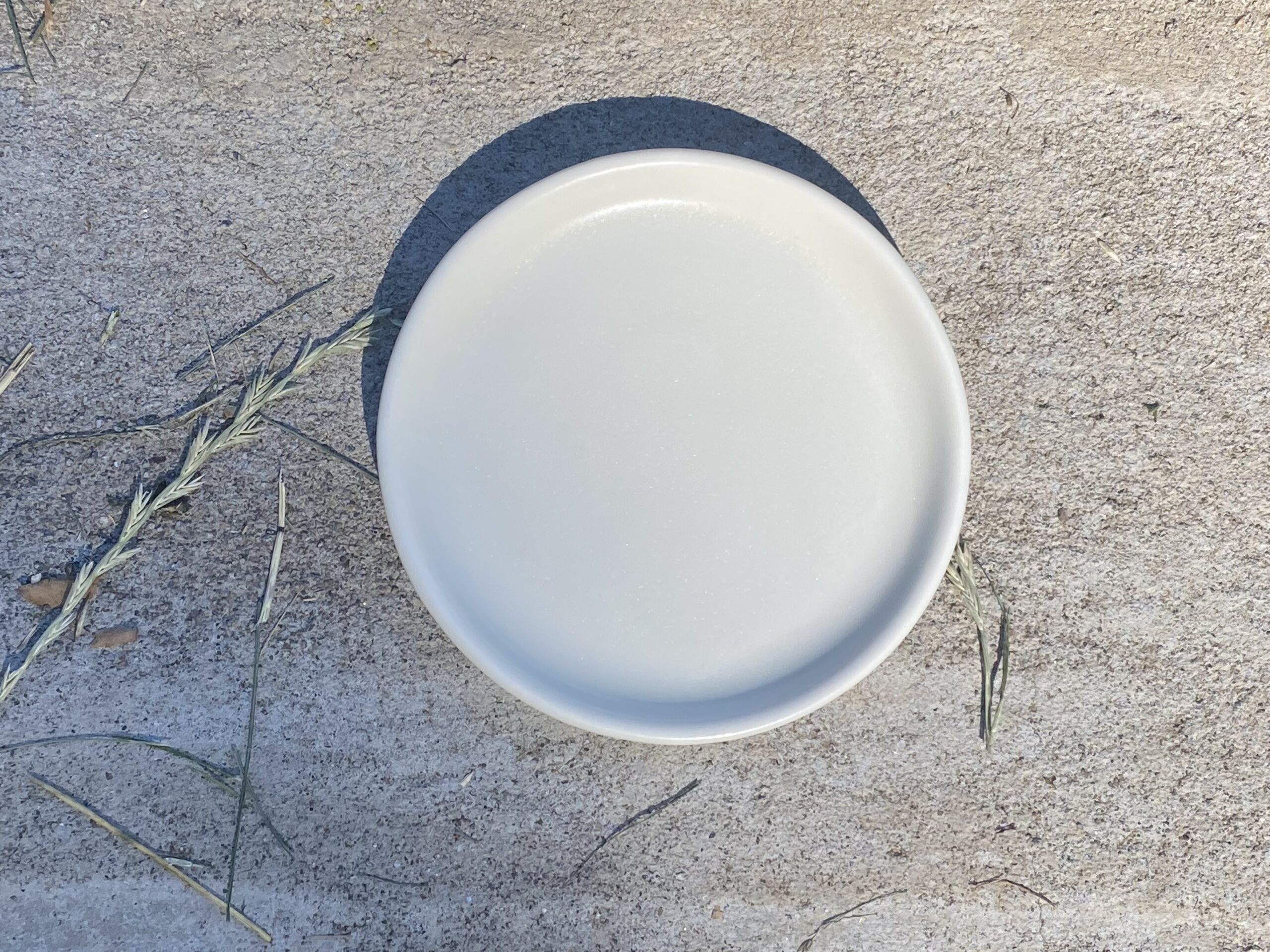
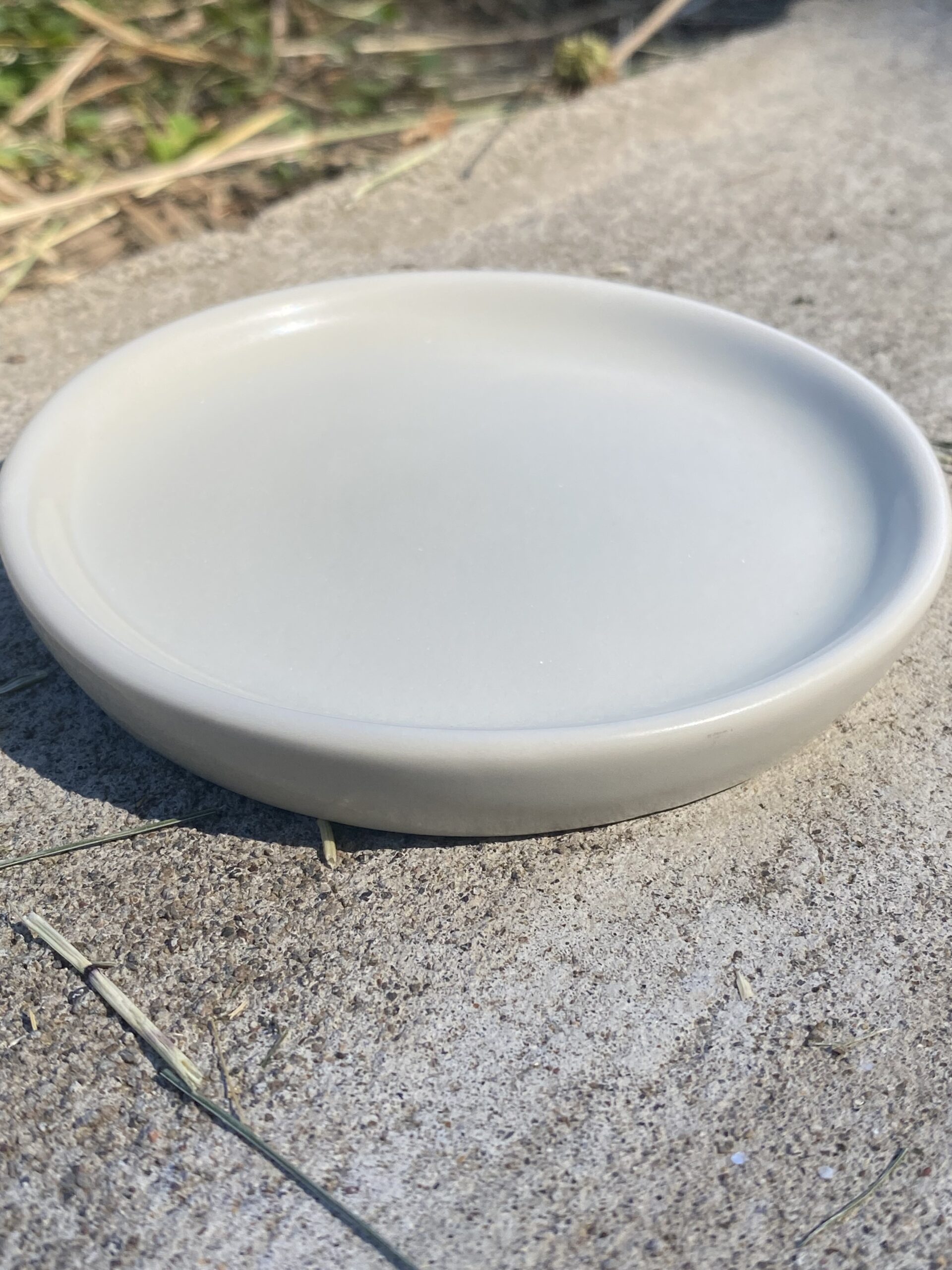
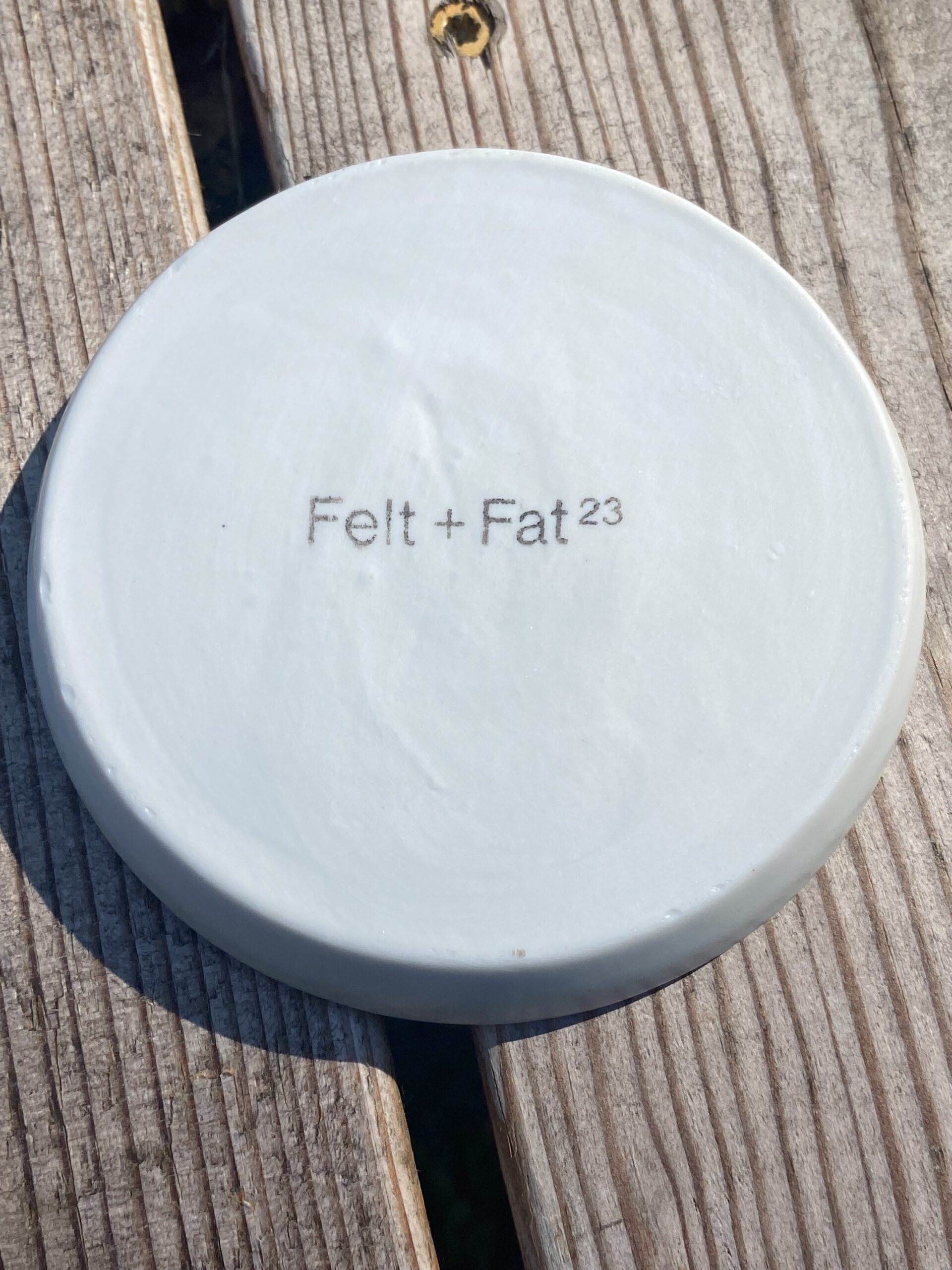
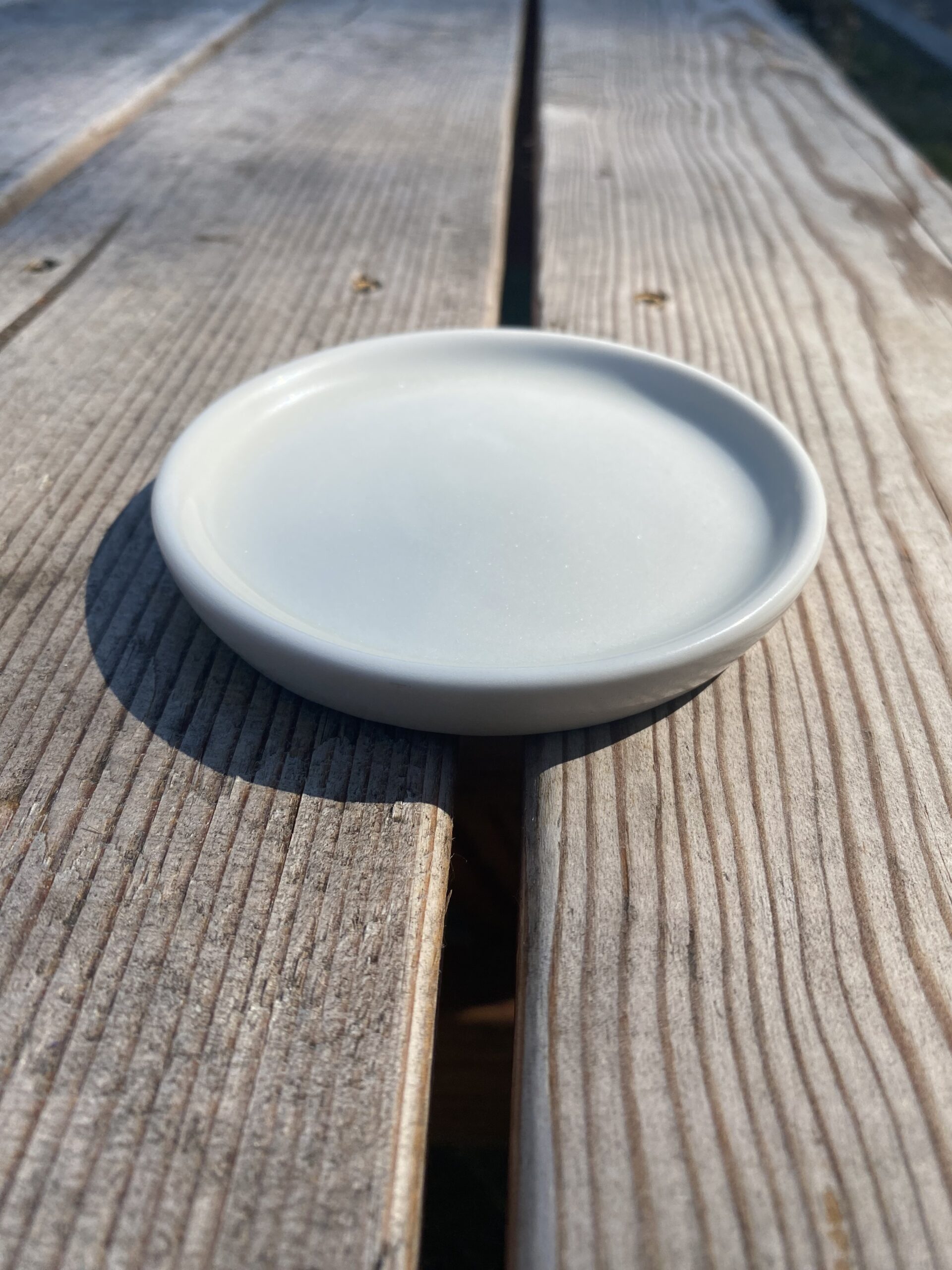

Awesome find! Are you planning to test more from this line?
I test what people send in 😉